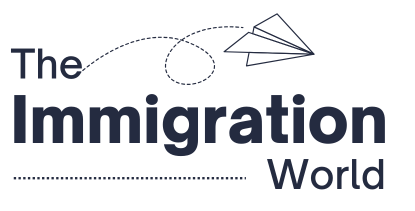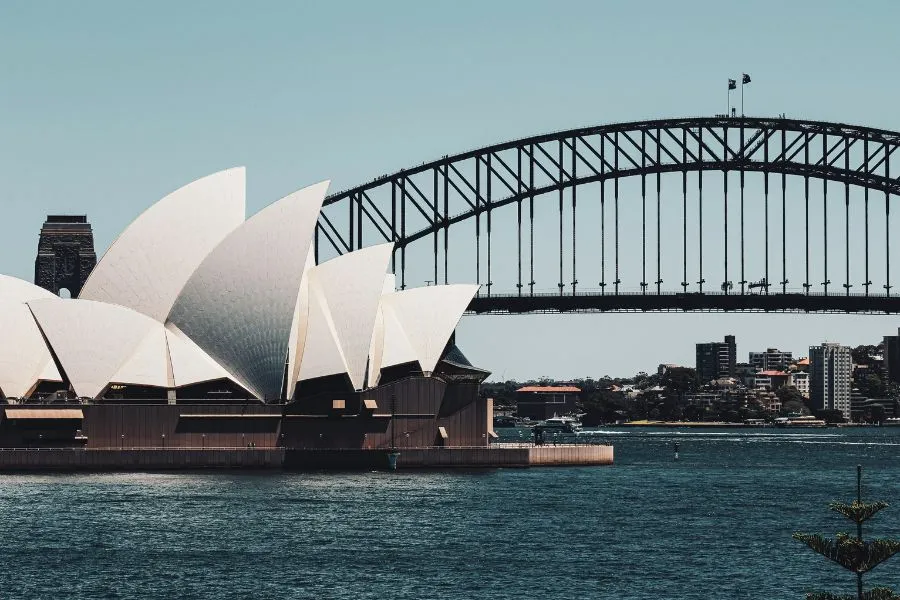Australia’s partner visa system is known for being both generous and meticulous. It allows citizens and permanent residents to sponsor their spouse or de facto partner for permanent residence, but many applicants (and sponsors) get tripped up when it comes to money matters. One of the most common questions is whether there’s a strict income requirement to sponsor your partner. The answer is more nuanced than a simple yes or no. So, if you’re planning to bring your better half to Australia in 2025 or beyond, here’s everything you need to know about the financial side of things.
Key Takeaways
Does Australia Have a Minimum Income Requirement for Spouse Sponsorship?
Let’s clear up the biggest misconception first: there is no official minimum salary you must earn to sponsor your partner for a Partner visa (Subclass 820/801 or 309/100). Unlike some countries that impose hard thresholds or bank balance requirements, Australia takes a broader approach. That means Centrelink statements or pay slips aren’t make-or-break items.
That said, the Department of Home Affairs will assess your financial situation, not to gatekeep the process, but to make sure your partner won’t become reliant on public support. The key consideration isn’t how much you earn, but whether you can demonstrate the capacity to support your partner, especially during the temporary visa phase. So, while there’s no formal income rule, financial readiness is still an unspoken part of the equation.
What Financial Evidence Can Strengthen Your Application?
Even though there’s no income threshold, financial evidence still plays a crucial role—mainly to prove the genuineness and stability of your relationship. Immigration officers are looking for signs that you live together, share responsibilities, and are financially intertwined.
Also Read: How Can You Fund Your Studies in Australia: Loans or Work-Study in 2025?
Joint bank accounts are among the strongest pieces of evidence. So are shared rental agreements, utility bills, and joint purchases—especially for significant items like furniture, holidays, or even cars. You might also include documents showing mutual financial commitments, such as a lease in both names, shared debt, or insurance policies where each partner is listed as a beneficiary. These all help build a financial narrative that supports your emotional one.
How Much Does the Partner Visa Application Cost?
Brace yourself—partner visa applications in Australia aren’t cheap. As of 2025, the main visa application fee is around AUD 9,095, payable upfront when applying for temporary and permanent visas together. And no, there’s no installment plan.
On top of that, you’ll need to factor in costs for health examinations (anywhere from AUD 300 to 500 depending on your location), police clearance certificates (which may involve fees from both Australian and overseas authorities), and document certifications or translations, if required. In some cases, applicants also opt for migration agents or lawyers, which can add several thousand dollars to the total.
So while there’s no financial threshold, the process itself demands a decent financial buffer to navigate.
Are There Any Financial Obligations for the Sponsor?
Yes—while there’s no minimum income rule, the sponsor has legal obligations that are financial in nature. When you sign the sponsorship form, you agree to provide accommodation, financial support, and other necessities for your partner for up to two years after the visa is granted (even if you break up during that time).

You’re also agreeing to ensure your partner does not become a burden on Australia’s welfare system. If your partner were to access certain Centrelink benefits during this period, the government could technically pursue the sponsor for reimbursement. It doesn’t always happen, but the obligation is real and enforceable.
What if You Are Unemployed or a Low-Income Earner?
Don’t panic. You can still be eligible to sponsor your partner, even if you don’t have a job or earn a modest income. In these cases, the focus shifts to other signs of financial stability. Savings accounts, family support, or even your partner’s income (if they are already in Australia and working) can be taken into account.
Immigration understands that life circumstances vary. They’re less concerned with whether you’re a top earner and more interested in whether the two of you can reasonably get by without relying on public support. Just make sure to explain your situation clearly and provide documentation to back it up. If you’ve been out of work due to study, illness, or childcare, include a brief statement outlining this.
Does Centrelink Access Affect Your Sponsorship?
If you’re currently receiving Centrelink payments, it doesn’t automatically disqualify you from sponsoring your partner. However, it can raise questions about your capacity to support them. Some benefits—like disability support or single-parent payments—are more understandable in the immigration context, while others, like JobSeeker, might invite closer scrutiny.
Also Read: What Are the New Rules for Australia’s Sponsored Family Visitor Visa?
Again, context matters. If you’ve been receiving benefits due to temporary hardship but are otherwise financially stable or supported by family, you can still make a strong case. Just be prepared to explain your situation honestly and show how your partner’s arrival won’t increase pressure on public resources.
How Can You Prepare a Strong Application Without High Earnings?
The secret? Build a solid case around your relationship—not just your bank balance. Immigration officers want to see evidence of a long-term, committed, and genuine partnership. This includes joint travel, shared living arrangements, joint finances, and consistent communication (especially if you’ve spent time apart).
In financial terms, focus on quality over quantity. A couple living modestly but with clear shared responsibilities can often present a stronger case than one with a six-figure income and no joint financial history. Pay close attention to your timeline, ensure all documents are consistent, and prepare a relationship statement that outlines your financial setup in simple, honest language.
Finally, stay ahead of the paperwork—get your health and police checks ready, monitor your MyGov and ImmiAccount portals for updates, and consider professional advice if your case has complications.
Final Thoughts: Financial Prep Is Key—But It’s Not the Only Key
Applying for a partner visa in Australia isn’t about flashing pay slips or proving you’re wealthy. It’s about showing that you and your partner are in a stable, genuine relationship and that you can reasonably support each other through the visa process. If you’ve got that foundation, don’t let worries about your income hold you back.
Yes, the financial obligations are real—and yes, the application is expensive—but there’s no hard salary cut-off, and Immigration is more interested in the full picture than your last tax return. With a little planning, transparency, and a well-documented partnership, love (and logic) can conquer the paperwork.
Reference: https://immi.homeaffairs.gov.au/visas/getting-a-visa/visa-listing/partner-onshore/temporary-820





